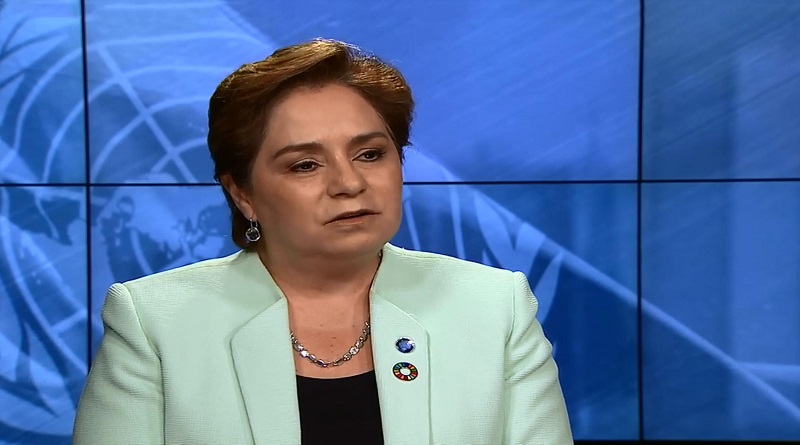Circular economy crucial for Paris climate goals
The world can maximise chances of avoiding dangerous climate change by moving to a circular economy, thereby allowing societies to meet the goals of the Paris Agreement on Climate Action.
This is the key finding of The Circularity Gap Report 2019, released by the organisation Circle Economy at Davos during the annual meeting of the World Economic Forum.
A circular economy is a regenerative system in which resource input and waste, emission, and energy leakage are minimized by slowing, closing, and narrowing energy and material loops. The can be achieved through long-lasting design, maintenance, repair, reuse, remanufacturing, refurbishing and recycling.
The report highlights the vast scope to reduce greenhouse gas emissions by applying circular principles – notably re-use, re-manufacturing and re-cycling – to key sectors such as the built environment. Yet it notes that most governments barely consider circular economy measures in policies aimed at meeting the Paris Agreement target of limiting global warming to as close as possible to 1.5°C.
The report by Circle Economy, a group supported by UN Environment and the Global Environment Facility, finds that the global economy is only 9% circular – just 9% of the 92.8 billion tonnes of minerals, fossil fuels, metals and biomass that enter the economy are re-used annually.
Climate change and material use are closely linked. Circle Economy calculates that 62% of global greenhouse gas emissions (excluding those from land use and forestry) are released during the extraction, processing and manufacturing of goods to serve society’s needs; only 38% are emitted in the delivery and use of products and services.
Yet global use of materials is accelerating. It has more than tripled since 1970 and could double again by 2050 without action, according to the UN International Resource Panel.
Circle Economy’s CEO, Harald Friedl, said: “A 1.5 degree world can only be a circular world. Recycling, greater resource efficiency and circular business models offer huge scope to reduce emissions. A systemic approach to applying these strategies would tip the balance in the battle against global warming.
“Governments’ climate change strategies have focused on renewable energy, energy efficiency and avoiding deforestation but they have overlooked the vast potential of the circular economy. They should re-engineer supply chains all the way back to the wells, fields, mines and quarries where our resources originate so that we consume fewer raw materials. This will not only reduce emissions but also boost growth by making economies more efficient.”
The report calls on governments to take action to move from a linear “Take-Make-Waste” economy to a circular economy that maximises the use of existing assets, while reducing dependence on new raw materials and minimising waste. It argues that innovation to extend the lifespan of existing resources will not only curb emissions but also reduce social inequality and foster low-carbon growth.




